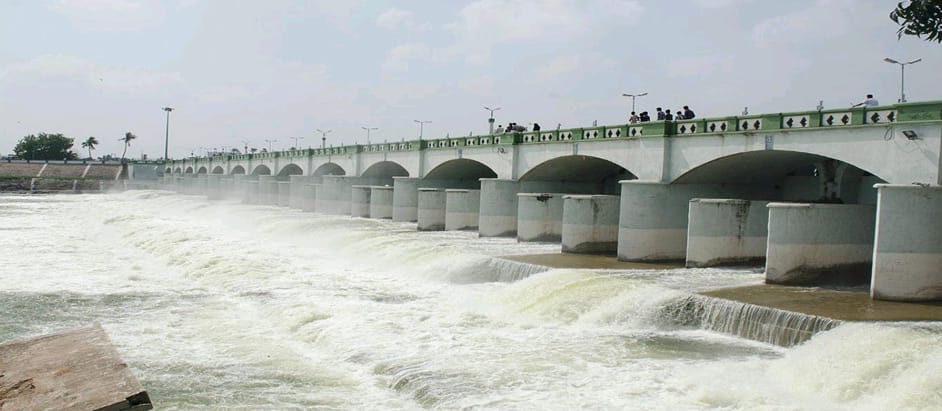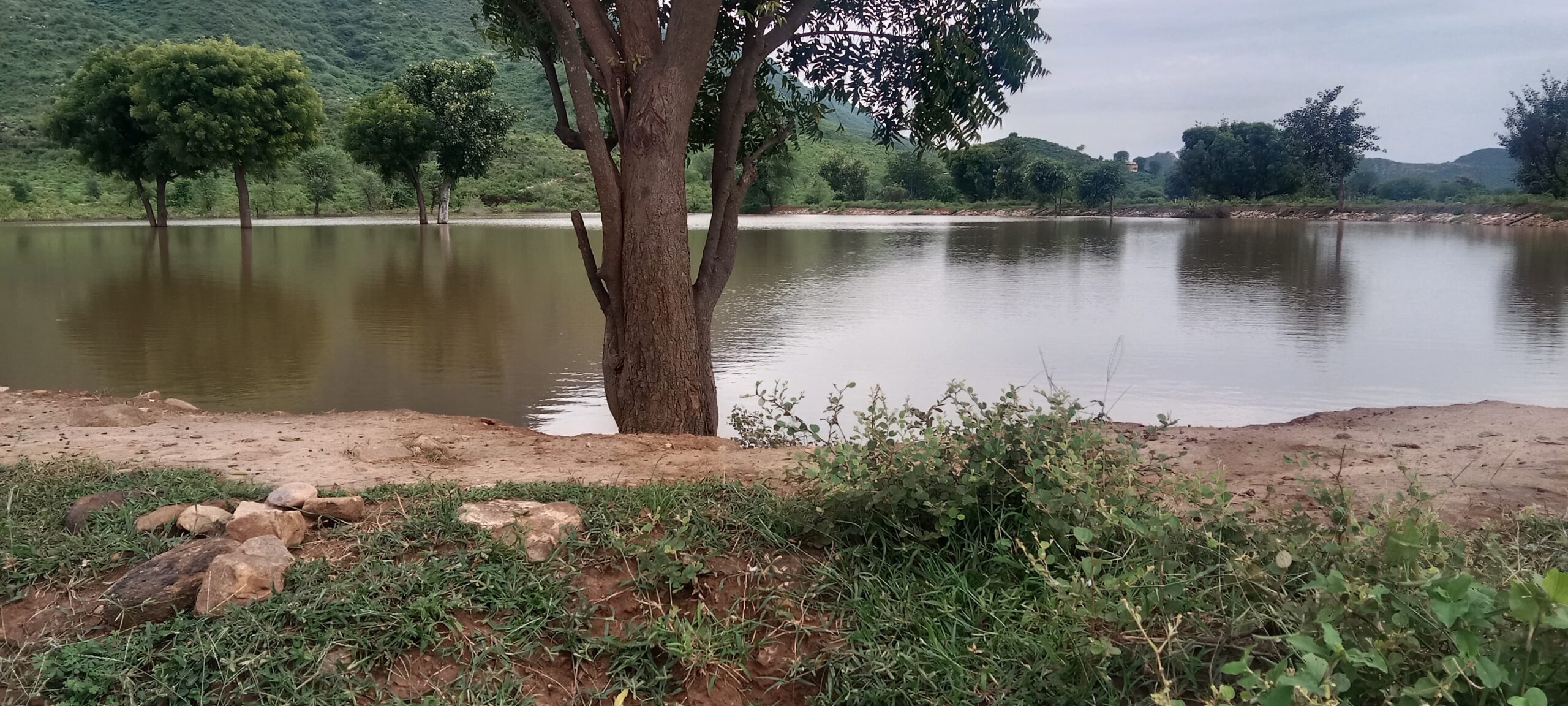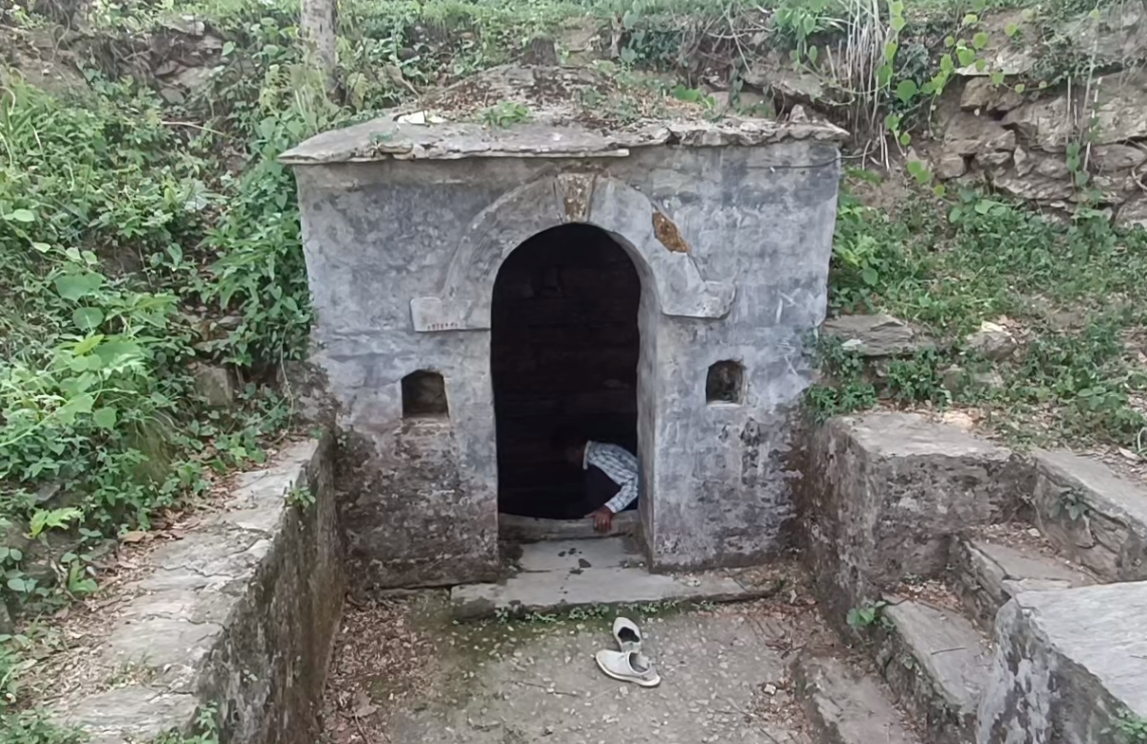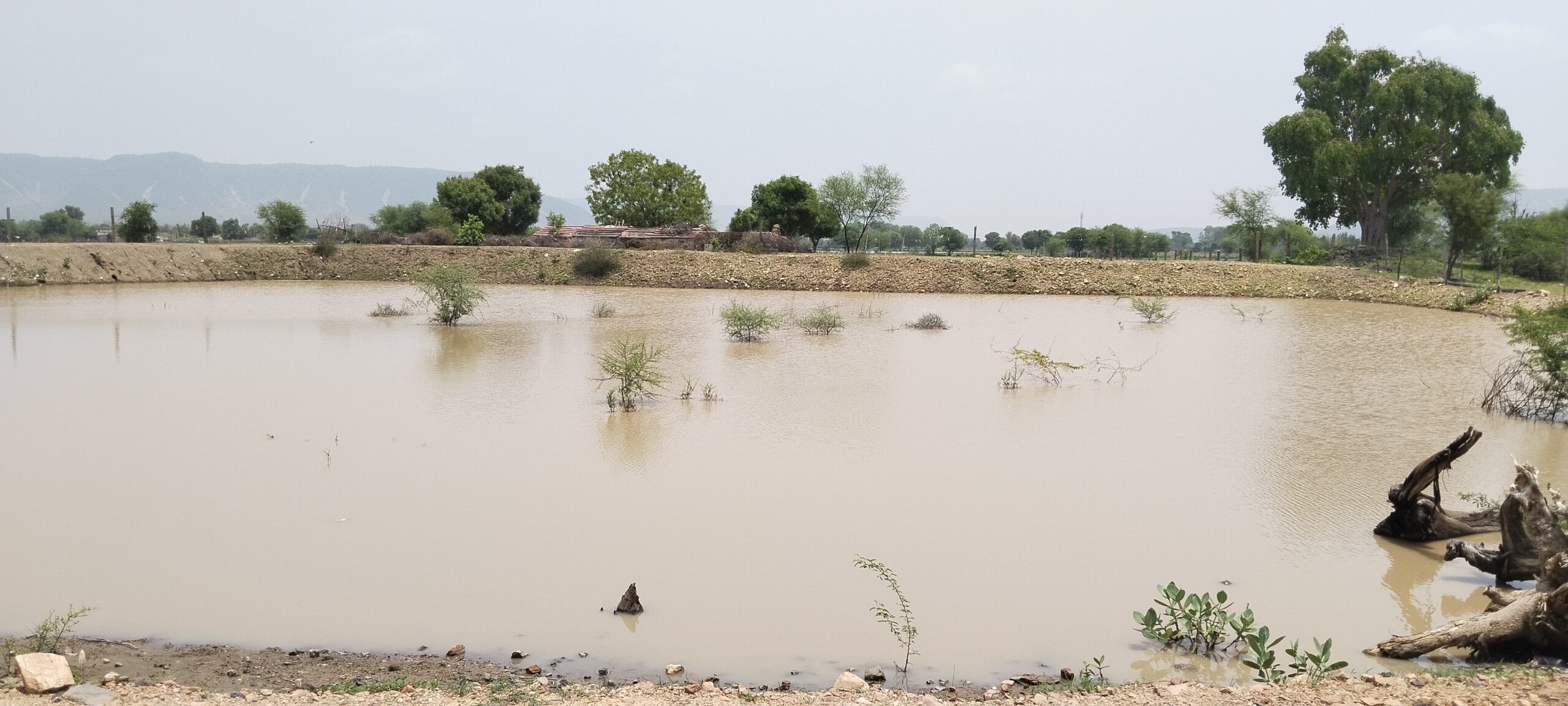Wetlands are a distinct ecosystem where the ground is either seasonally or permanently covered by water. Wetlands can be natural or man-made. They showcase extraordinary bio-diversity and provide various invaluable services to humankind.
Extent of Wetlands in India


Source: Nitin Bassi, M. Dinesh Kumar, Anuradha Sharma, P. Pardha-Saradhi, Status of wetlands in India: A review of extent, ecosystem benefits, threats and management strategies, Journal of Hydrology: Regional Studies, Volume 2, 2014
Wetlands provide many services including:
- Agricultural services: Wetlands provide water for irrigation of crops and water for livestock. They also act as fishing ponds in many regions.
- Wetlands make important sources of water for domestic needs and help with groundwater recharge.
- They contribute immensely to conservation of biodiversity and provide tourism and recreational value as well.
- They have potential for carbon sequestration and for combatting climate change.
- Wetlands also help in reduction of pollution by filtering water.
A study estimates that the global economic value of their services is US$15 trillion annually1!
Floods and Wetlands
Floods occur when a large amount of water flows over land that is normally dry. They may be caused by tides, high river flow, high level of groundwater or rainfall. The most common cause of floods in India is heavy rainfall and weather phenomenon such as cyclones. On average every year, 75 lakh hectares of land is affected, 1600 lives are lost and ₹1805 crores worth of damage is caused to crops, houses and public utilities due to floods in India2.
One major reason for increased flooding and damage is the loss of wetlands3. In view of this the NDMA has wetland rejuvenation as a big focus in their plan to combat floods5.
The peak flow is the maximum level of the flood, the rise time is how fast the flood rises and reaches peak, the lag-time between precipitation and the flood peak indicates how much warning could be given and the flood volume is the total amount of water in the flood4.
Generally, wetlands reduce peak flow and rise time due to friction with the river channel. This is called flood attenuation. Further wetlands absorb water and trap suspended solids and nutrient load. Thus, erosion and damage caused by flood is reduced4,5.
- Charles River (USA): The US Corps of Engineers calculated flood reduction function of 3,800 ha of floodplain storage on the river saved US$17 million of downstream damage each year6.
- Rat River Watershed (Canada): It is estimated that with 10% increase in wetland area, there was a reduction of 11.1–18.6% in the total flood volume7.
- The Nar and Ancholme rivers (UK): The flood protection value of human-made wetlands along the rivers was estimated to be around US$8201 /ha/year and US$8331 /ha/year8.
- Bhitarkanika mangrove ecosystem in Orissa (India): A study estimated that the cyclone damage avoided (taking cyclone of 1999 as a reference point) was highest in the village that was protected by mangrove forests. The loss incurred per household was greatest (US$ 153.74) in the village that was not sheltered by mangroves and lowest (US$ 33.31) in the village that was protected by mangrove forests8.
- Bhitarkanika mangrove ecosystem in Orissa (India): A study estimated that the cyclone damage avoided (taking cyclone of 1999 as a reference point) was highest in the village that was protected by mangrove forests. The loss incurred per household was greatest (US$ 153.74) in the village that was not sheltered by mangroves and lowest (US$ 33.31) in the village that was protected by mangrove forests9.
Droughts and Wetlands
Droughts are prolonged periods of drier-than-normal conditions. They are the most widespread natural hazards. They are usually caused by low rainfall and can cause acute water shortage.
In India, the 2002 drought alone caused 33% percent water reduction in big reservoirs, affected 300 million people and 150 million cattle and caused US$8.7 billion worth of crop loss10.


Frequency of severe and exceptional droughts occurred in India. Number of drought events based on Z-score of SPEI values (SPEI less than −1.6) across India between 1901–2021 at district level, Source: Chuphal, D.S., Kushwaha, A.P., Aadhar, S. et al. Drought Atlas of India, 1901–2020. Sci Data 11, 7 (2024).
Wetlands can help decrease the severity of droughts and prevent meteorological droughts (caused by low rainfall) from turning into hydrological droughts (caused by low water flow in rivers or groundwater.) Generally, wetlands help alleviate the severity of droughts by replenishing groundwater and providing a critical source of water for people during times of scarcity10. The microclimatic effects of wetlands help to buffer temperatures, maintain soil moisture and groundwater levels11.
- A modelling study on Nelson River Basin in Canada and Gan River Basin in China demonstrates that wetlands can greatly enhance the resilience of a river basin to hydrological droughts10.
- Another study in Neijiang River Basin in China showed that wetlands overall alleviate severe drought in a basin13.
References:
[1] Millennium ecosystem assessment, M. E. A. Ecosystems and human well-being. Vol. 5. Washington, DC: Island press, 2005.
[2] National Disaster Management Authority https://ndma.gov.in/Natural-Hazards/Floods
[3] Prasad, S. N., et al. “Conservation of wetlands of India-a review.” Tropical Ecology 43.1 (2002): 173-186.
[4] M. Acreman & J. Holden: How Wetlands Affect Floods; DOI 10.1007/s13157-013-0473-2
[5] Nitin Bassi, M. Dinesh Kumar, Anuradha Sharma, P. Pardha-Saradhi, Status of wetlands in India: A review of extent, ecosystem benefits, threats and management strategies, Journal of Hydrology: Regional Studies, Volume 2, 2014, Pages 1-19, ISSN 2214-5818, https://doi.org/10.1016/j.ejrh.2014.07.001.
[6] US Corps of Engineers (1972) An overview of major wetland functions and values. US Fish and Wildlife Service, FWS/OBS-84/18
[7] Juliano, Kristine, and Slobodan P. Simonovic. “The impact of wetlands on flood control in the Red River Valley of Manitoba.” Final Report to International Joint Commission, Natural Resources Institute, University of Manitoba, Winnipeg, Manitoba (1999): 8.
[8] Ghermandi, Andrea, et al. “Values of natural and human‐made wetlands: A meta‐analysis.” Water Resources Research 46.12 (2010).
[9] Badola, Ruchi, and Syed A. Hussain. “Valuing ecosystem functions: an empirical study on the storm protection function of Bhitarkanika mangrove ecosystem, India.” Environmental Conservation 32.1 (2005): 85-92.
[10] Chuphal, D.S., Kushwaha, A.P., Aadhar, S. et al. Drought Atlas of India, 1901–2020. Sci Data 11, 7 (2024). https://doi.org/10.1038/s41597-023-02856-y
[11] Yanfeng Wu, Jingxuan Sun, Marianne Blanchette, Alain N. Rousseau, Y. Jun Xu, Boting Hu, Guangxin Zhang, Wetland mitigation functions on hydrological droughts: From drought characteristics to propagation of meteorological droughts to hydrological droughts, Journal of Hydrology, Volume 617, Part B, 2023, 128971, ISSN 0022-1694, https://doi.org/10.1016/j.jhydrol.2022.128971.
[12] UNFCCC https://unfccc.int/files/science/workstreams/research/application/pdf/part2_ramsar__jennings_poster.pdf
[13] Yanfeng Wu, Jingxuan Sun, Boting Hu, Guangxin Zhang, Alain N. Rousseau, Wetland-based solutions against extreme flood and severe drought: Efficiency evaluation of risk mitigation, Climate Risk Management, Volume 40, 2023, 100505, ISSN 2212-0963, https://doi.org/10.1016/j.crm.2023.100505.
[14] CC Link: https://creativecommons.org/share-your-work/cclicenses/








Leave a Reply